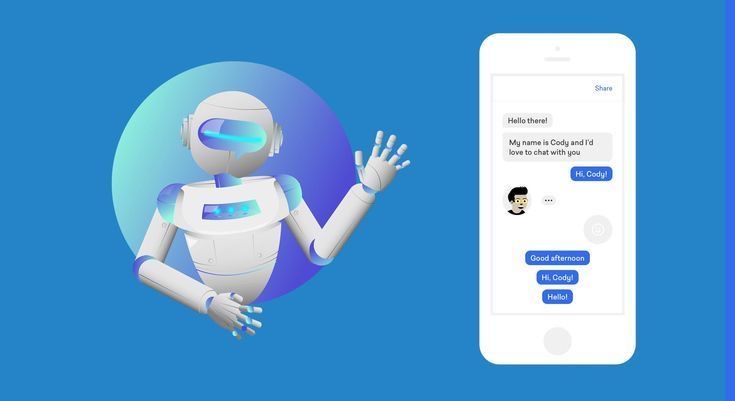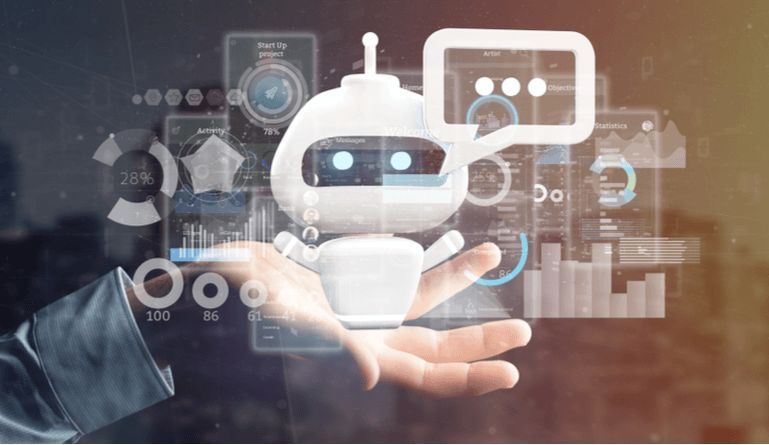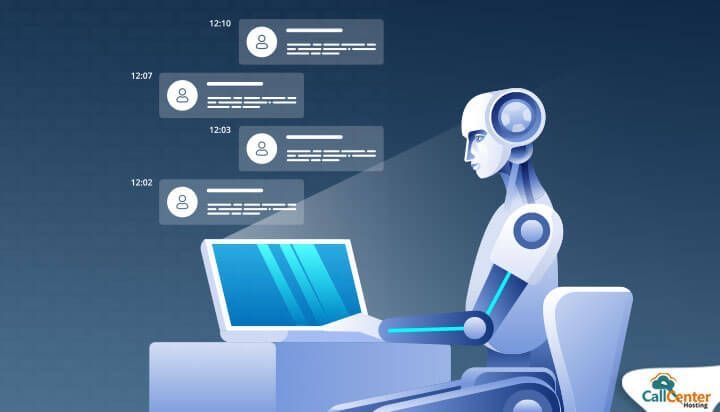Table of content
How to know which is the best chatbot for Shopify?
Nov 19 2023
Table of content

When selecting the best chatbot for Shopify, it's crucial to assess key factors. Evaluate the chatbot's accuracy, NLP capabilities, response time, personalization features, seamless handoff to human agents, continuous learning abilities, integration capabilities, and user feedback.

Additionally, test demo versions or free trials to gauge performance and suitability for your specific Shopify store. By carefully considering these aspects, you can make an informed decision and choose a chatbot that elevates customer engagement and enhances your Shopify platform. Be with CX Genine and let’s find out these feature in this article:
What is Shopify chatbot?
A Shopify chatbot is an automated conversational agent that is designed to interact with customers on the Shopify platform. It utilizes artificial intelligence (AI) technology to simulate human-like conversations and provide instant responses to customer inquiries, support requests, and other interactions.

A Shopify chatbot can be integrated into a website or messaging platform, such as Facebook Messenger, to engage with customers in real-time. It can assist with various tasks, including product recommendations, order tracking, answering frequently asked questions, providing support, and even processing simple transactions.
How a chatbot for Shopify works?
A Shopify virtual assistant operates by integrating into the website or messaging platform, analyzing customer messages using AI and NLP, recognizing their intent, generating appropriate responses, and automating workflows. It can personalize interactions based on customer data and may escalate to human support if needed. With continuous learning, the chatbot improves over time. Here's a general overview of how a chatbot for Shopify operates:
- Integration: The chatbot is integrated into the Shopify website or messaging platform, such as Facebook Messenger or live chat.
- User Interaction: When a customer initiates a conversation or interacts with the chatbot, the chatbot for Shopify analyzes the incoming message using NLP algorithms to understand the intent and extract relevant information.
- Intent Recognition: The chatbot identifies the purpose or intent behind the customer's message, such as asking for product information, checking order status, or seeking support.
- Response Generation: Based on the recognized intent, the chatbot generates an appropriate response. This can be a predefined response from a set of programmed answers or dynamically generated based on real-time data.
- Personalization: Chatbots can access customer data from the Shopify store, such as past purchase history or browsing behavior, to provide personalized recommendations or tailored responses.
- Workflow Automation: Chatbots can automate certain workflows or tasks, such as collecting customer information, processing simple transactions, or creating support tickets.
- Escalation to Human Support: If the chatbot is unable to handle a request or if the customer specifically requests human assistance, the chatbot can transfer the conversation to a live support agent or provide contact information for further assistance.
- Continuous Learning: Some chatbots have machine learning capabilities, allowing them to improve over time by learning from customer interactions and feedback.
Heading 3: What can a Shopify Chatbot bring to you?
Shopify chatbots bring benefits such as improved customer service, 24/7 availability, increased efficiency, personalized recommendations, workflow automation, and cost savings to businesses using the Shopify platform. Here are 6 advantages that a Shopify Chatbot could bring to your business:
- Improved customer service: Chatbots provide quick and efficient responses, ensuring better customer support and satisfaction.
- 24/7 availability: Chatbots are available round-the-clock, offering assistance to customers at any time, enhancing convenience.
- Increased efficiency: Chatbots can handle multiple interactions simultaneously, reducing response times and improving query resolution.
- Personalized recommendations: By leveraging customer data, chatbots offer tailored product recommendations, enhancing the shopping experience.
- Workflow automation: Chatbots automate repetitive tasks, saving time and allowing human agents to focus on more complex issues.
- Cost savings: Implementing chatbots reduces the need for a large customer support team, leading to cost savings for businesses.
Top 5 best chatbot for Shopify
How to know if there’s the best Chatbot for your Shopify, consider these factors: accuracy, NLP capabilities, quick response time, personalization, seamless handoff to human agents, continuous learning, integration capabilities, and user feedback. There are 5 best chatbot for Shopify below:

CX Genine
CX Genie is an AI-powered CX platform that utilizes chatbot capabilities to enhance customer engagement and satisfaction. It offers personalized interactions, automation features, and valuable insights to optimize the customer experience.
Tidio
Tidio offers a user-friendly chatbot and live chat platform with AI-powered automation features, including chatbots, email marketing automation, and visitor tracking.
Gobot
Gobot provides a chatbot solution specifically designed for e-commerce, enabling personalized product recommendations, cart abandonment recovery, and order tracking functionalities.
Octane AI
Octane AI specializes in chatbots and marketing automation for Shopify. It offers features such as conversational pop-ups, cart abandonment campaigns, and personalized messaging.
Chatra
Chatra offers a chatbot and live chat solution for Shopify, enabling proactive customer engagement, real-time visitor monitoring, and user-friendly customization options.
Conclusion
Shopify chatbots provide benefits like improved customer service, 24/7 availability, increased efficiency, personalized recommendations, workflow automation, and cost savings. To assess a good chatbot, consider factors such as accuracy, NLP capabilities, quick response time, personalization, seamless handoff to human agents, continuous learning, integration capabilities, and user feedback.
Related articles
No data



